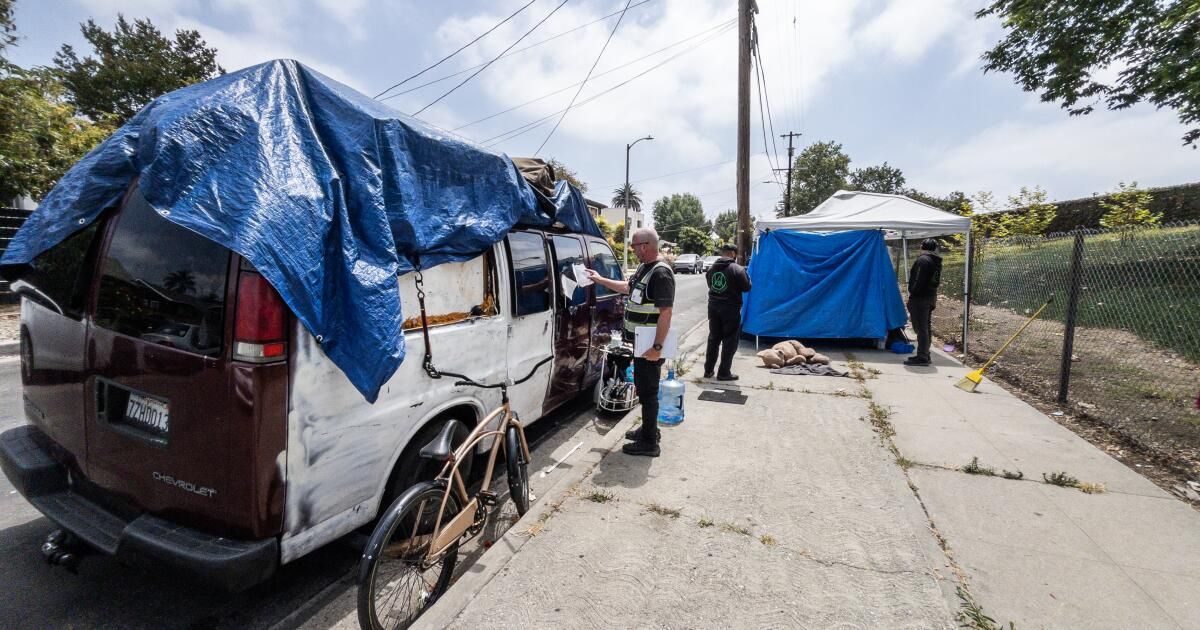To the editor: It’s easy to say, “Let’s build more affordable housing.” But doing it is another story entirely. (“Housing shortage is pushing more seniors onto the streets. It’s everyone’s fault,” editorial, June 24)
For-profit developers are generally not interested. There is no profit to be made, except in the form of a density bonus for including affordable housing. But developers do not want to manage these units.
Nonprofits also struggle, as detailed in recent LA Times articles. While nonprofits are often better at providing follow-up and support services, they find it difficult to fund these projects.
Building in California is expensive. We have strict building codes to deal with earthquakes and other types of natural disasters. Land is becoming more and more expensive in urban areas because developers pay full price for properties, tear down improvements, and then have to recoup that cost.
Financing for an affordable housing project comes from multiple sources. Multiple levels of financing involve multiple attorneys reviewing the transaction and billing for their time, even though the terms of the financing are non-negotiable.
Government funding from a single source is part of the answer, but no one agency can do it alone. Article 34 of our state Constitution requires a people's vote for government-funded affordable housing, adding the cost of an election to the process without any guarantee that voters will approve it.
The first step is to overcome all these obstacles. A proposal to put to a vote the repeal of Article 34 has been abandoned. What now?
June Ailin Sewell, Marina del Rey
The writer is an attorney who has worked on affordable housing projects.
..
To the editor: Conspicuously absent from their editorial on solutions to address the rise of homelessness among seniors in California is any mention of rent control.
Yes, we need to build more housing more quickly, but affordable housing, not more luxury housing. And providing modest rental subsidies where necessary to keep people in their homes could prevent many seniors and others from falling onto the streets and ending up on our streets.
However, keeping people housed in their current homes through reasonable rent control measures could be the low-hanging fruit of a multi-pronged approach to homelessness.
This November, Californians will have the opportunity to vote on the Fairness for Tenants Act, a ballot measure that will overturn an existing state ban on rent control. For a newspaper that has already twice endorsed similar state ballot initiatives on rent control, it is strange that The Times did not mention rent control here as another important tool to address housing affordability and homelessness. .
Ged Kenslea, Los Angeles
The author is senior director of communications for the AIDS Healthcare Foundation, sponsor of the rent control ballot initiative.












